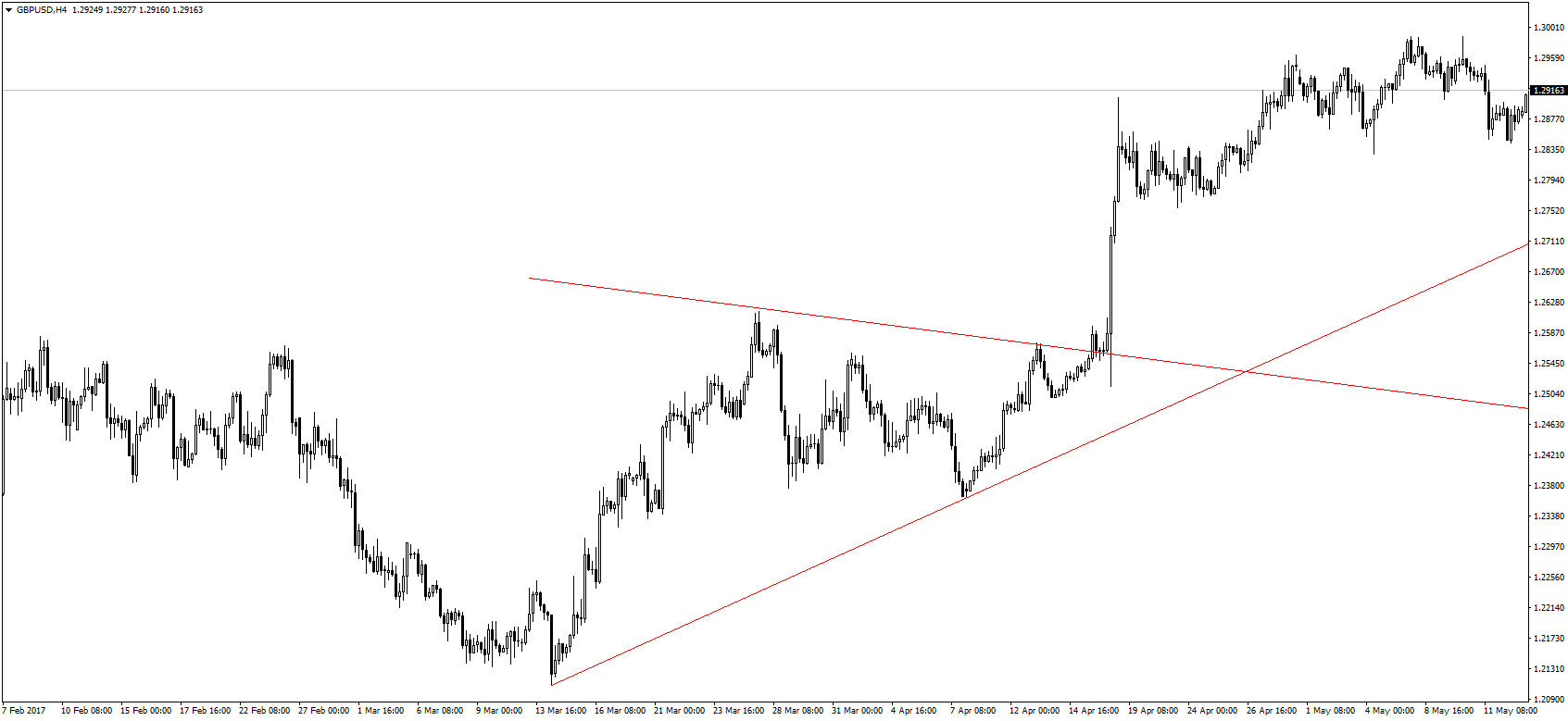
An optical array of microlenses or photonic crystals with pixelated photodiodes is usually used to measure the light field or the distribution of light directions and thus to characterize phase information. Although intensity information alone is sufficient for conventional applications such as two-dimensional photography and microscopy imaging, this limitation hinders three-dimensional (3D) and four-dimensional imaging applications, including phase-contrast imaging, light detection and ranging, autonomous vehicles, virtual reality and space exploration 11, 12, 13, 14, 15, 16, 17, 18, 19. As a result, all phase information of the objects and diffracted light waves is lost 5, 6, 7, 8, 9, 10.

But the pixels of most sensors detect only the intensity of electromagnetic waves. The ability to detect light direction beyond optical wavelengths through colour-contrast encoding could enable new applications, for example, in three-dimensional phase-contrast imaging, robotics, virtual reality, tomographic biological imaging and satellite autonomous navigation.Īdvances in materials and semiconductor processes have revolutionized the design and fabrication of micro- and nano-photodetectors. We also demonstrate three-dimensional object imaging and visible light and X-ray phase-contrast imaging by combining pixelated nanocrystal arrays with a colour charge-coupled device.

We find that three-dimensional light-field detection and spatial positioning of light sources are possible by modifying nanocrystal arrays with specific orientations. With these multicolour nanocrystal arrays, light rays from specific directions can be converted into pixelated colour outputs with an angular resolution of 0.0018°. Here we present a robust, scalable method based on lithographically patterned perovskite nanocrystal arrays that can be used to determine radiation vectors from X-rays to visible light (0.002–550 nm). However, current light-field detection techniques either require complex microlens arrays or are limited to the ultraviolet–visible light wavelength ranges 1, 2, 3, 4.

Light-field detection measures both the intensity of light rays and their precise direction in free space.


 0 kommentar(er)
0 kommentar(er)
